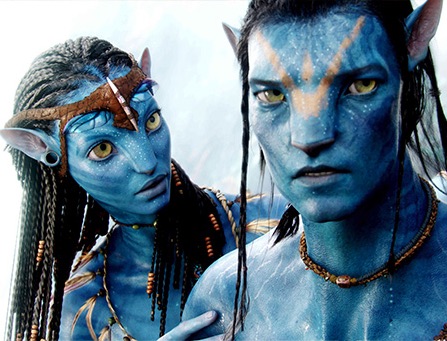Splashing More Cash on VR

As cash continues to be poured on young companies focused on virtual reality and augmented reality technologies and systems, a few droplets of money have recently reached OTOY, a firm that specializes in helping its partners build and produce original “holographic” content for distribution across TV, the Web and mobile, as well as emerging VR/AR platforms.
OTOY, which counts Eric Schmidt, the executive chairman of Alphabet (Google’s new holding company) among its advisory board members, recently landed equity investments from HBO and Discovery Communications, which booted up a big VR initiative last year.
The amount of those investments wasn’t revealed, but OTOY and its technology are expected to factor in as both programmers expand deeper into VR and AR.
In fact, OTOY is already working with former The Daily Show host Jon Stewart on developing upcoming content for HBO built using the vendor’s platform. That comes on the heels of a new, exclusive four-year deal under which Stewart will initially create short-form digital content for the premium programmer’s HBO Now over-the-top and HBO Go TV everywhere services.
And that “holographic” descriptor sounds like something straight out of Star Trek.
“Holographic content is really meant to describe an extension of movies and media that is projected onto a screen,” Jules Urbach, founder and CEO of OTOY, explained. “We’ve been at this for six years, building the tools and technology to build a creation pipeline … with cameras and now distribution of holographic video streams.”
He said a new wave of VR and AR devices coming from the likes of Oculus and Microsoft are paving the way for new holographic experiences.
Broadcasting & Cable Newsletter
The smarter way to stay on top of broadcasting and cable industry. Sign up below
Discovery and HBO have both worked with VR content before, “but we’re looking at it from a much-higher level,” Urbach said, hopeful that developing this kind of content will be as simple as it is today to create content for the Web or deliver a video on YouTube.
And a key idea is for OTOY’s partners to create content that can be future-proofed so that it can be offered on traditional, rectangular screens as well as newer, more immersive VR and AR platforms.
“In those cases, you want to create content that’s going to survive and playback on those [new] devices in five years,” Urbach said, calling the investments from HBO and Discovery “great validation” of that notion.
By way of example, content produced with OTOY’s platform should be able to appear on any normal Web browser, but also be suitable for these next-generation, wearable 3D systems.
“Instead of going to full-screen mode, video can go into holographic mode, for example,” he said. “The open Web is a great target for this platform.”
OTOY also had plenty of experience with premium content well before connecting with HBO and Discovery. OTOY’s LightStage tools nabbed a 2010 Oscar for its role in creating a visual effects pipeline for films, with Avatar and The Curious Case of Benjamin Button among its credits.
Los Angeles-based OTOY has a team of about 50 people.










